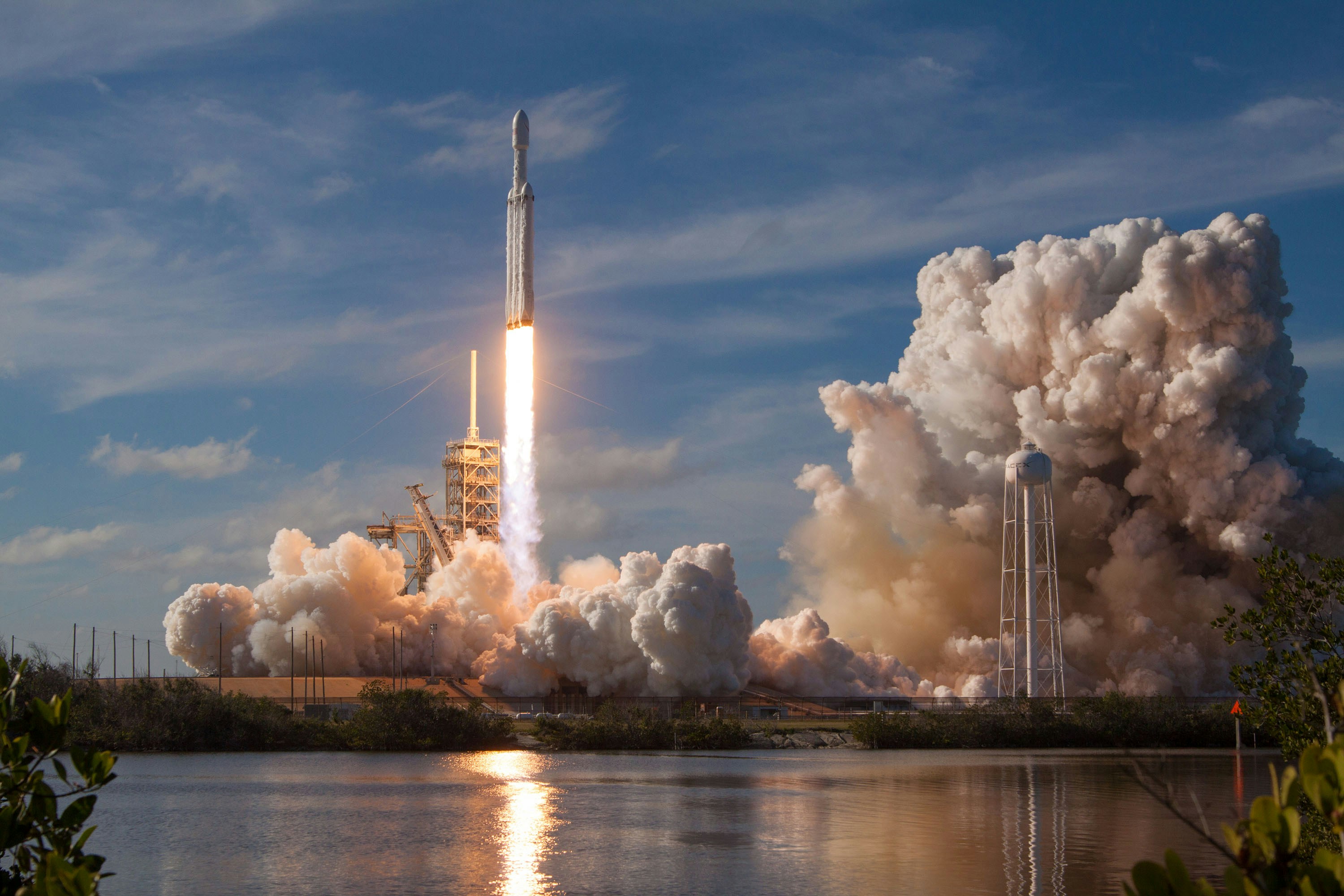Chandrayaan 3: ISRO’s new achievement and all about Chandrayaan and ISRO
Chandrayaan 3: ISRO’s new achievement and all about Chandrayaan and ISRO – Hey guys Today We’ll know all about Chandrayaan 3 launched by ISRO and about It’s parts and History and Introduction of ISRO. So Read this post article till the end and leave a feedback comment to motivate us.
India’s third Moon mission Chandrayaan-3 launched by ISRO is all set to attempt soft-landing on the lunar surface on Wednesday evening at 6:04 pm. Russian’s LUNA crashed and failed to land on south pole of Moon land now India’s Chandrayan 3 going achieve a new acievement after Failure of Chandrayan 2.
Introduction
What ISRO scientist said?
“The mission is on schedule. Systems are undergoing regular checks. Smooth sailing is continuing. The mission operations complex (MOX) is buzzing with energy & excitement,” the agency said.
About Lander “Vikram”
Mission Life : One Lunar Day 14 Days
Weight : 1749.86 Kg
Lander Payloads: The objective of Radio Anatomy of Moon Bound Hypersensitive ionosphere and Atmosphere (RAMBHA) Langmuir probe (LP) is To measure the near surface plasma (ions and electrons) density and its changes with time.
The objective of Chandra’s Surface Thermo physical Experiment (ChaSTE) is To carry out the measurements of thermal properties of lunar surface near polar region.
Objective of Instrument for Lunar Seismic Activity (ILSA) is to carry out the measurements of thermal properties of lunar surface near polar region.
LASER Retroreflector Array (LRA): It is a passive experiment to understand the dynamics of Moon system.
Chandrayaan-3 is the third Moon mission by India’s space agency ISRO. The goal is to place a lander and rover on the lunar surface and operate them for roughly one lunar day, or 14 Earth days. The small rover, which weighs just 26 kilograms (57 pounds), will fly to the Moon inside the lander. Both vehicles are equipped with science instruments to study the surface.
Chandrayaan-3 consists of three main parts
(i) an indigenous Lander module (LM)
(ii) Propulsion module (PM)
(iii) Rover
The mission objectives of Chandrayaan-3 are according to ISRO:
-
The objective of Mission Chandrayan 3 is to demonstrate Safe and Soft Landing on Lunar Surface
-
To demonstrate Rover (Pragyan) roving on the moon surface.
-
To conduct in-situ scientific experiments to gather minerals and environmental information of Moon surface.
About Lander Vikram of Chandrayan 3:
Mission Life: 14 Day (A Lunar day)
Weight: 1749.86 Kg
Rover Payloads:
The objective of Radio Anatomy of Moon Bound Hypersensitive ionosphere and Atmosphere (RAMBHA) Langmuir probe (LP) is To measure the near surface plasma (ions and electrons) density and its changes with time.
The objective of Chandra’s Surface Thermo physical Experiment (ChaSTE) is To carry out the measurements of thermal properties of lunar surface near polar region.
Objective Instrument for Lunar Seismic Activity (ILSA) is to carry out the measurements of thermal properties of lunar surface near polar region.
LASER Retroreflector Array (LRA): It is a passive experiment to understand the dynamics of Moon system.
Work: Soft landing on South pole of Moon.
Lander Sensors: Laser Inertial Referencing and Accelerometer Package (LIRAP)
Ka-Band Altimeter (KaRA)
Lander Position Detection Camera (LPDC)
LHDAC (Lander Hazard Detection & Avoidance Camera)
Laser Altimeter (LASA)
Laser Doppler Velocimeter (LDV)
Lander Horizontal Velocity Camera (LHVC)
Micro Star sensor
Inclinometer & Touchdown sensors
About Rover Pragryan of Chandrayan 3:
Mission Life: 14 Day (A Lunar day)
Weight: 26 Kg
Rover Payloads:
1. LASER Induced Breakdown Spectroscope (LIBS) Qualitative and quantitative elemental analysis & To derive the chemical Composition and infer mineralogical composition to further our understanding of Lunar-surface.
2. Alpha Particle X-ray Spectrometer (APXS) To determine the elemental composition (Mg, Al, Si, K, Ca,Ti, Fe) of Lunar soil and rocks around the lunar landing site.
Work: To determine and research of water and Minerals available on Lunar Surface.
About Propulsion Module of Chandrayan 3:
Mission Life:
Weight: 2148 Kg
Payload
Spectro-polarimetry of HAbitable Planet Earth (SHAPE) Future discoveries of smaller planets in reflected light would allow us to probe into variety of Exo-planets which would qualify for habitability (or for presence of life).
Work: To know more of presence of Life and to study another planets.
Propulsion Module: 758 W Lander Module: 738W, WS with Bias Rover: 50W
About ISRO
Full Name: Indian Space Research Organization
Establishment: 15 August 1969
Headquarters: Bangalore, Karnataka
Chairman: Sreedhara Somanath
Director:
Website: https://www.isro.gov.in/

